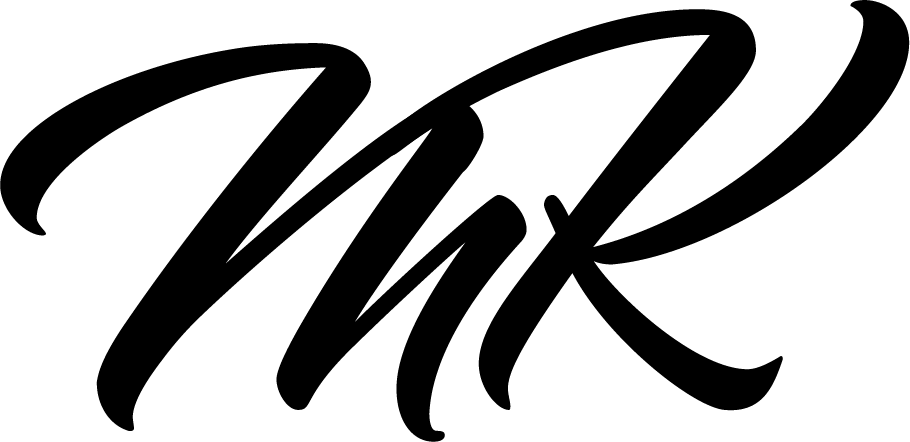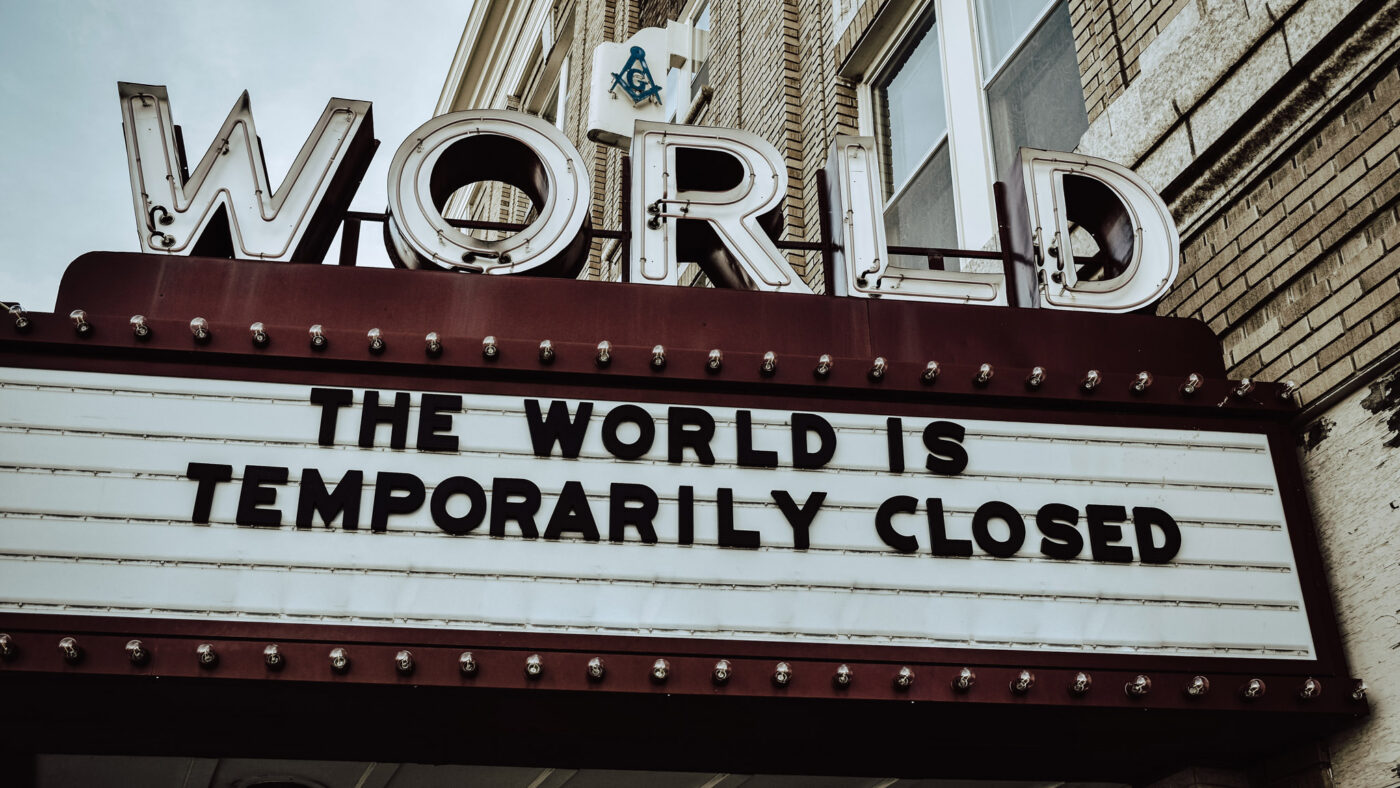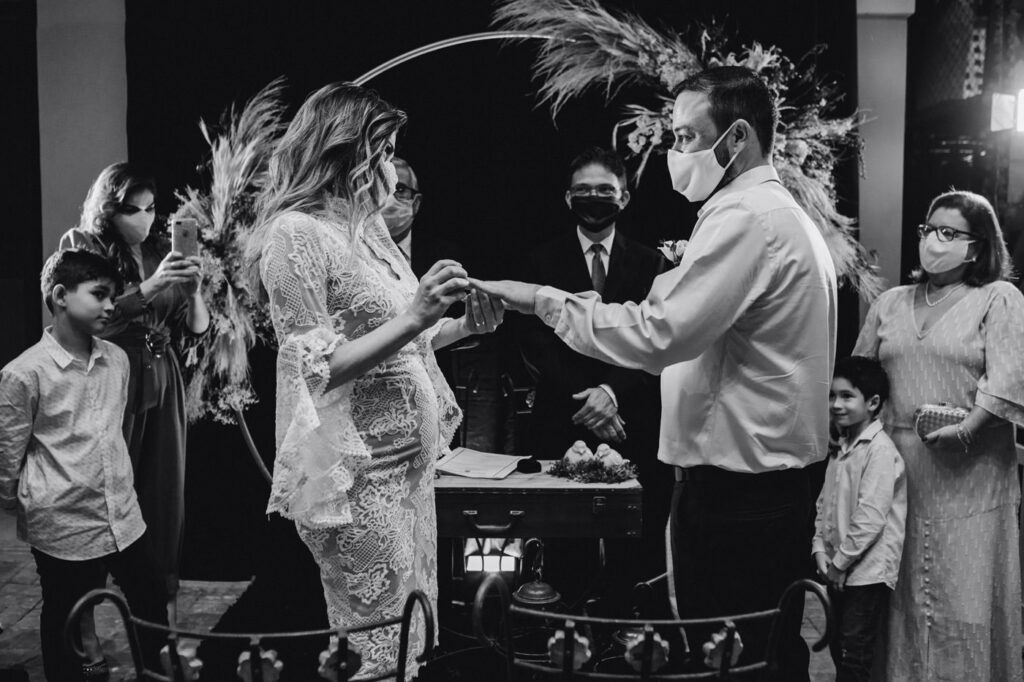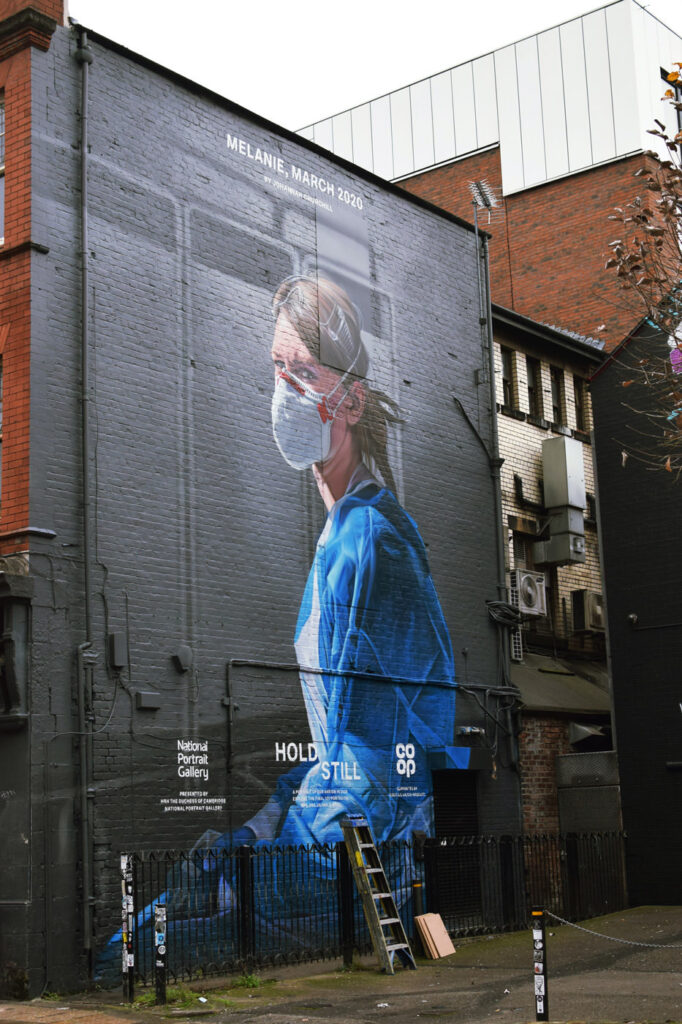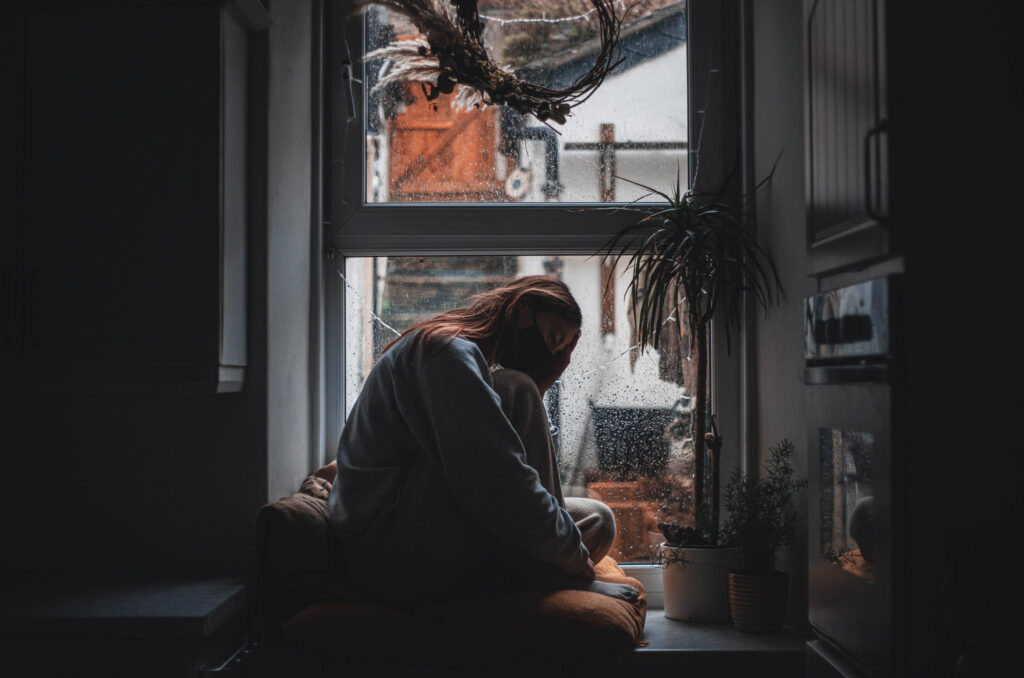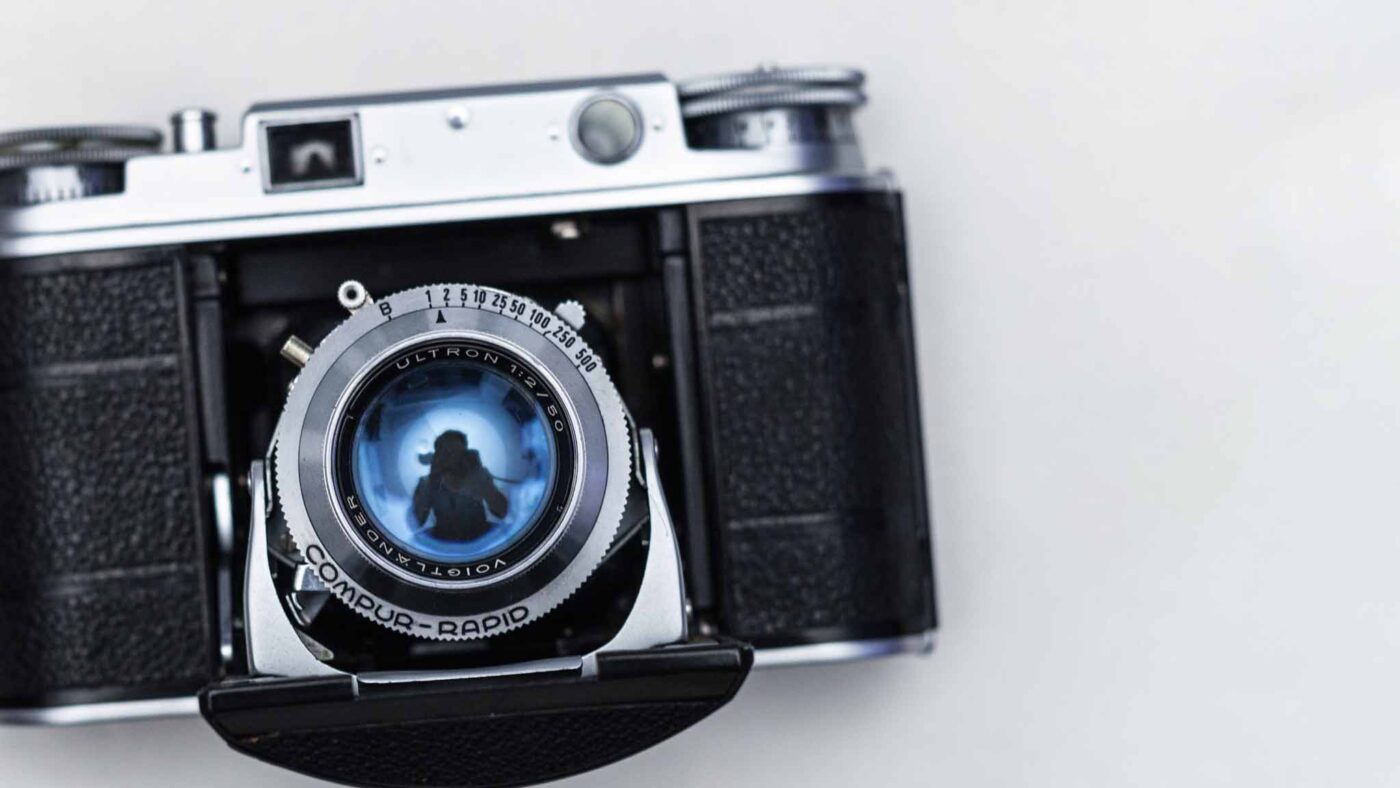
Photography Reaches the Everyman
The turn of the 20th century introduced a groundbreaking instrument that anyone could own and use without official training: the roll-fill photo camera. Eastman’s enormously popular invention of the Kodak camera in 1888 allowed the everyman to document key moments of their life. Since then, photography has become a cultural mainstay across the world. It paved the way for motion picture films, became its own artistic genre (with accompanying subgenres), and opened our eyes to new discoveries.
3D Insider writes that from the 1950s until 2010, camera sales had a steady year-to-year increase. That includes the proliferation of the digital camera in 1975, which became a household item at the turn of the 21st century. Those sales slowed down dramatically (a whopping 84 percent from 2010 to 2019) once mobile phones began perfecting their camera technology.
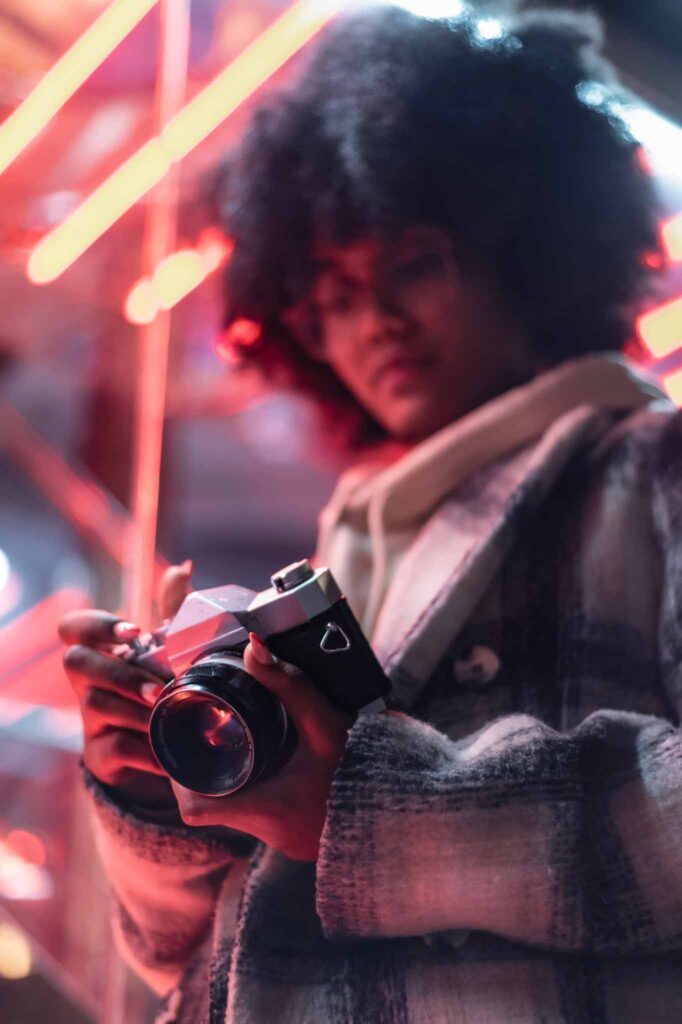
This new photography reality, coupled with the digital boom of social media apps and visual sharing platforms, has made the “shutterbug” all the more contagious.
Photography for All?
Anyone these days can pick up a mobile phone and label themselves a photographer. It’s influenced the creative careers of countless individuals, and it’s proven to be an essential ingredient to marketing and advertising. One can easily scroll through Instagram and find quality and value in any kind of image, whether or not the visual is compositionally sound. Liking a photo because it’s visually pleasing doesn’t necessarily mean the photo itself is of professional quality or the account attached to it belongs to a professional photographer who can charge for their services and establish a client base. This matters greatly when it comes to hiring a photographer for your needs.

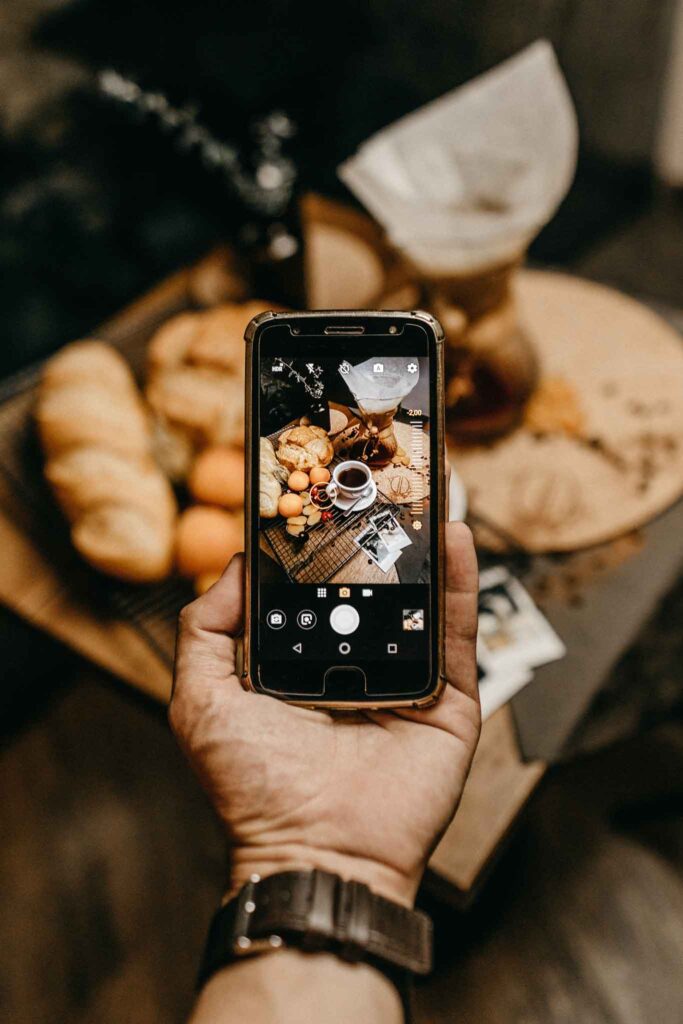
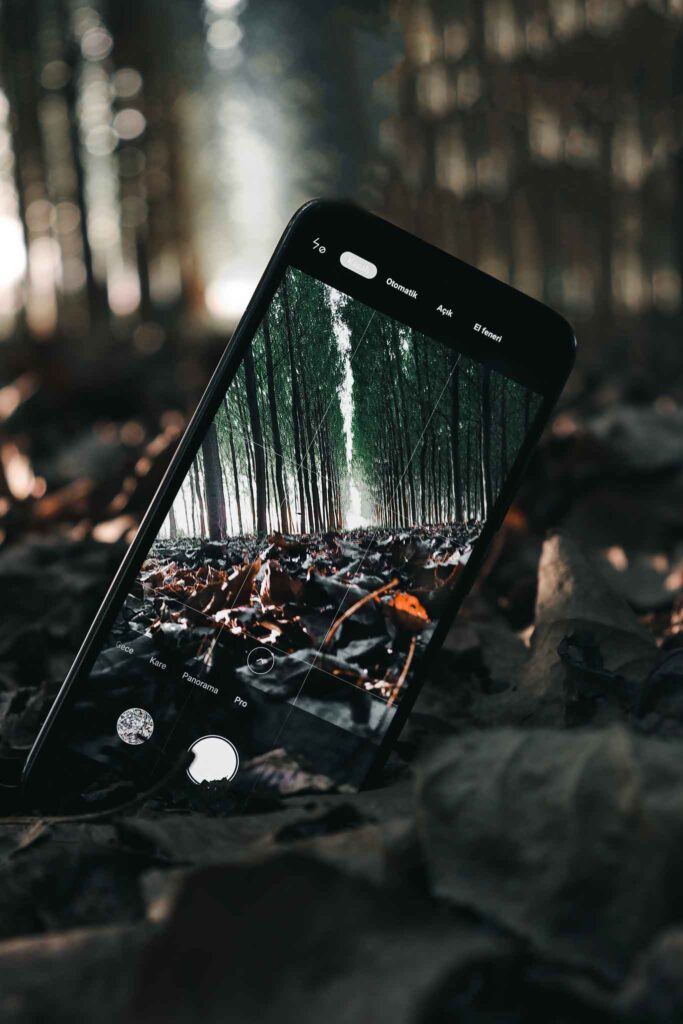
Despite the popularity of and access to camera equipment (like DSLRs), there is a slew of actions and skills that separate the hobbyist or the amateur from the professional. True photographic talent is in a class all its own. That certainly doesn’t mean hobbyists or emerging photographers should pack up their cameras and call it a day — it just means the field is hugely competitive, and success is bound for those who nurture their craft, perfect their skills and establish themselves as a full-fledged business.
Operating and approaching the camera as a sophisticated tool and leveraging the power of photo software can be deceptively challenging to novice documentarians. This prowess becomes crucial if you’re a business owner, marketer or simply an individual who’s seeking the right professional photographer for your needs. Here are the ways in which the hobbyist or semi-professional photographer differs from the professional.
Pros Have Mastered the Basics
Judging the quality of a photo as a layman (or even as a beginner or amateur photographer) may seem simple: You look at an image, assess your reaction to it, and form an opinion. You may even think, “Oh, I could do that!” The beauty of photography, though, is that you rarely, if ever, see all the work that takes place behind the lens to achieve the image you’re viewing.
Here’s the reality: Professional photography can’t reliably be taught through free, online tutorials alone. Visual creators who want to derive revenue from their business need to dedicate themselves to learning from professionals, assisting on photoshoots, attending classes and workshops, receiving tons of critique and feedback from mentors and teachers, experimenting with specific subgenres, earning degrees and certifications, and becoming a veritable player in the photography industry. It takes a lot of hard work and a lot of time to play in the big leagues of professionals.
When a professional photographer considers a shot, they take into account three main elements (light, subject and composition) and establish their approach accordingly. Here’s a closer look:
Light:
Photography is synonymous with light, and its presence determines how we view the image in the first place. The ability to measure light — through the “exposure triangle” of ISO, aperture and shutter speed — to achieve a specific look is the hallmark of a pro.
“At its simplest, light is emotion. The feel of your photograph will be vastly different depending upon the lighting conditions: harsh light, gentle light, warm light, cool light, and anything in between. Each type conveys a different emotional message, changing around the character of your final image.” — Photography Life
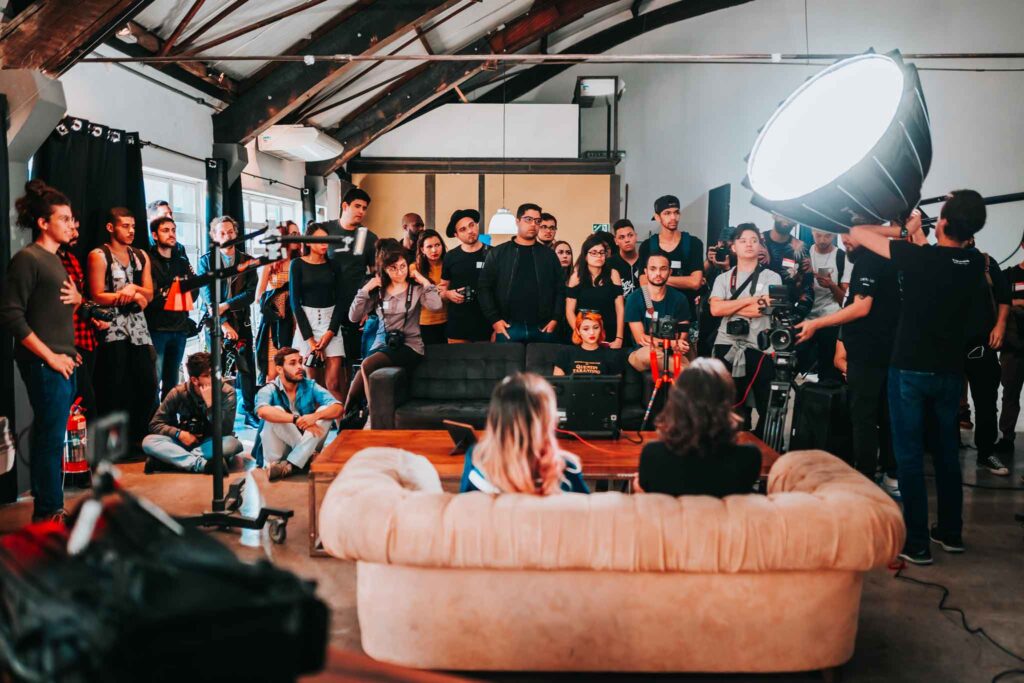
Subject
What and/or whom are we looking at? What’s the story? The subject is the pivotal figure inside the frame that commands our attention without us realizing it.
“The subject leads the photographer’s decisions about aspects like lighting, composition, exposure settings and more. How do you decide what shutter speed to use without knowing if your subject is standing still or moving? How do you decide where to frame the scene without knowing what your subject is? The subject, then, plays an essential role in shaping the entire image.” — Creative Live
Composition
This is how the image, its subjects and objects, its framing, its setting and its details all come together to create a visual aesthetic. You can capture a scene a million different ways, but developing the eye for a compelling composition sets apart the beginners from the experts.
“[Composition is] where all the fun and creativity really gets going in our photography adventure. We can set ourselves apart from the crowd here and really introduce a sense of individuality into our images. This is where all the magic happens!” — Photographer Alexander Wrigley
Digital photography now can do a lot of work for us with options for automatic exposure settings, but true professionals don’t rely on the camera to make those decisions. They rely on a thorough understanding of these basic principles. When a photographer has mastered the basics, the proof is visible in the final product.
A complete knowledge and understanding of these essentials help the photographer establish a keen eye for detail. It allows them to catch (and correct) details that could diminish the image quality, like dust, dirt, fingerprints, bad reflections, moisture droplets, background interruptions or moiré. This not only makes the images better, but keeps the retouching costs smaller and tighter deadlines become possible.
Pros Know Their Equipment
You don’t need a certificate or a license to purchase camera and lighting equipment. You don’t need these to actually figure out how they work, either. But professional photographers have dedicated hundreds, if not thousands, of hours getting hands-on experience learning how to navigate the tools that help them capture the shot. They spend time with their cameras, reading the manual and understanding how one model differentiates from another, or how one lens will achieve a certain look compared to another one. They know the ins and outs of photo editing software so that they can touch up images swiftly but impressively so that they stay within their client’s budget and deliver high-quality images at the same time.
Professional photographers don’t necessarily need a treasure trove of pricey gadgets and tools to execute fine work. As previously noted, it all comes down to mastering the basics and developing a hard-earned, unique viewpoint and an individual aesthetic from there. But when a professional photographer is hired by a client, it makes a huge difference to have a variety of equipment on hand to achieve the client’s desired look, or to be prepared for documenting a live and unpredictable setting.
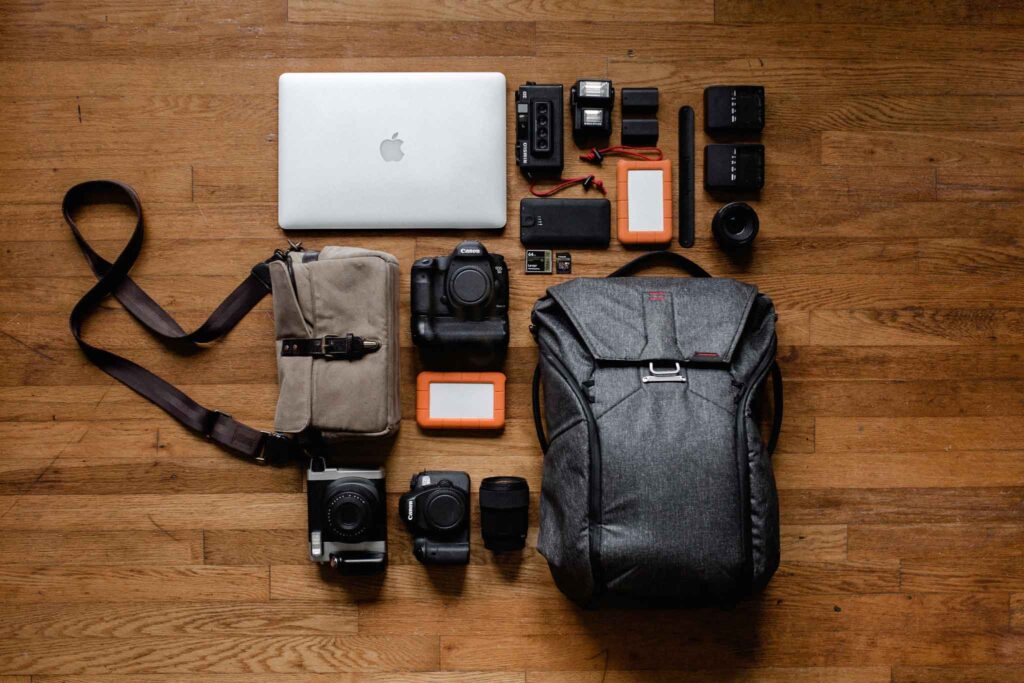
B&H Photo and Video recommends any professional photographer has the following items in their basic toolkit: tripods, light meters, straps and camera holsters, wireless remote triggers, battery grips, filters, batteries, gaffer tape, memory cards, storage devices, posing stools, ladders and step stools, folding reflectors, flashlights, multi-tools, two-way radios and essentials like first-aid kits and incidentals. And these are only the basics. There is so much more! For example, own tethering cables, backup systems, paper rolls, calibration tools, laptops, additional computer monitors and screens (calibrated) — and pretty much everything you see from iWorkCase!
Pros Adapt to Any Environment
Photography is completely reliable on light. Because of that, professional photographers understand how to make adjustments to their environment so that they work with the light and control it. They also know that various forms of lighting greatly influence the image, and can select the right form to achieve the look. This makes photography a material science, and learning how to treat a multitude of different environments and surfaces is crucial to navigating a photo shoot.
To stealthily maneuver any environment and deliver great results, professionals need to know exactly how their equipment and tools function. That level of knowledge goes well beyond owning the right equipment. It means being so close to their equipment that they know how to use it in every kind of scenario. They know how and when to use the vast spectrums of light shapers and reflectors, light bulbs, gels and diffusers, barn doors, scrims, grids, softboxes and so much more.
Professional photographers also pay heed to Murphy’s Law: Anything that can go wrong will go wrong! While this may seem superstitious, it illuminates the need for photographers to work against circumstances beyond their control and still deliver the content their client needs them to deliver. A professional should be able to make photographic magic when the odds are still stacked against them.
Pros Conduct Themselves as Full-time Business
Professionals who earn a living from their craft know that it’s more than a craft — it’s a well-rounded business. Mastering their skills to the level of a pro means also managing client relationships, keeping their equipment fine-tuned and their software up to date, hiring support staff when needed, fielding new business inquiries, conducting marketing and promotional work, performing basic accounting, managing licensing, setting up contracts and non-disclosure agreements for their team, researching topics and subjects, networking to keep their business fresh and relevant, continuing education, considering new innovation, strategic business growth and possibly operating a studio — among other key responsibilities. As you can see, professional photography is more than snapping great photos. It’s a round-the-clock business that needs nurturing and development.
Tyler Stalman, a professional photographer with a YouTube channel and podcast series, emphasizes the importance of conducting yourself as a pro (or rather, “acting like a grown-up”) when you want to be taken seriously as such. This includes paying attention to basic shoot preparation and being able to troubleshoot on the fly — but more so, it includes basic professional respect and communication.
“Show up on time. Communicate with your client. Every time you receive an email, make sure you respond. Don’t be late. So many people screw this up. It’s shocking to me how many people say they want to do creative work but it’s still more important for them to watch the next episode of their TV show than to spend the night invoicing or responding to a client, or whatever it is,” Stalman says in a video titled “What You Need to Know To Be a Professional Photographer.”
He adds, “There’s not a lot of creative jobs in the world, and if you want one of them, you have to be responsible. You have to be accountable to your client.”
Operating as a full-time business demands that professionals keep themselves knowledgeable about the industry. Photographers need to adopt industry lingo and standards to work seamlessly with clients and partners. They need to understand advertising history as well as trends, visual design elements and narrative construction, and the array of styles and motifs that achieve the client’s preferred look. Each of these areas has their own wealth of knowledge, too, emphasizing how extensive a photographer’s viewpoint must be.
Lastly, owning your business in this field requires a good deal of courage, assertiveness, fearlessness and confidence (even when you’re not feeling confident yourself). You can’t be afraid to defend your work, and you can’t be afraid to speak up if someone isn’t respecting your work. Likewise, you can’t be afraid of your own ambition or of stepping outside of your comfort zone. This is perhaps where the hobbyist and the professional differ the most.
Pros Know They’re Team Players
Generally, there are three basic stages of media production that involve many necessary actions:
- Pre-production: concept development, budgeting and funding, location scouting, scheduling, casting and staffing, storyboarding, purchasing, equipment selection, and overall shoot preparation
- Production: set building, equipment set-up, testing, hair and makeup, wardrobe, directing models and subjects, and reviewing content with the client
- Post-production: image selecting and archiving, retouching and editing, reviewing the results with the client, revising based on client feedback, finalizing image inventory and delivering creative assets.
The scope of the project depends on many different factors, but regardless, there are so many people who are needed to make a shoot successful. Many of these professionals are freelancers, assistants and/or interns, too, and pros know how to communicate appropriately with each of them to maintain a respectable environment. This also means that photographers know which portion of the project falls under their responsibility. While they may weigh in on certain aspects, it’s important that photographers know when to direct, when to step back and when to intervene (and that only comes from experience). It’s crucial to their business that they maintain positive relationships with the individuals who affect their work.
The Reality of Professional Photography
Like Stalman says in his video, creative professions are at a premium. Being successful at one of these jobs calls for lots of work, constant learning, learning lessons the hard way, confidence in your craft and determination to overcome obstacles. In today’s visually saturated, media driven world, it may seem like anyone with a camera can be a professional photographer. But when you look behind the lens of those who are professionally successful, you’ll see an entire world of talent, experience, wisdom, know-how and hard work.
Not everyone has what it takes to be a professional photographer who owns and operates their own business — just like not everyone has what it takes to be a professional soccer player, ballerina, surgeon or technological inventor. Professional photography is a competitive field that requires a certain amount of drive and passion in order to be successful. The more the field grows, the more competitive it becomes. But at the same time, that’s when we see the best of photography and visual storytelling. That’s what makes it the beloved art that it is.
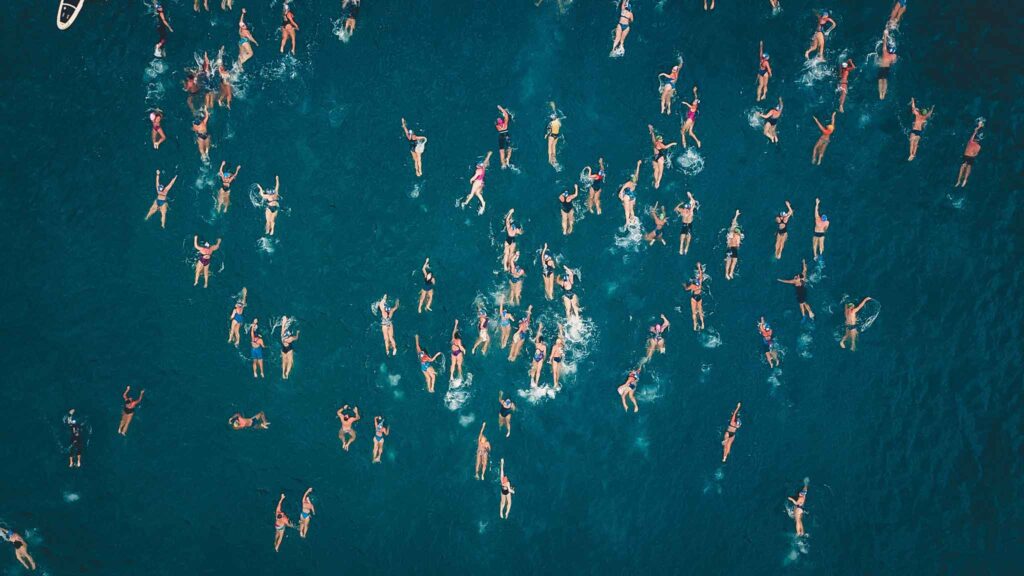
Do you have any suggestions, additions, is this post out of date, or have you found any mistakes? Then we look forward to reading your comments. You are welcome to share this post. We are very grateful for every recommendation.
